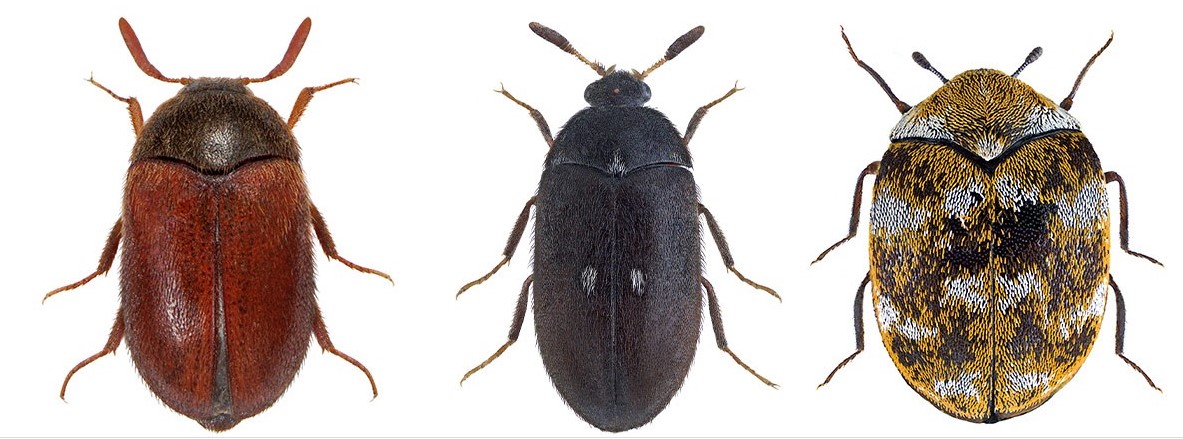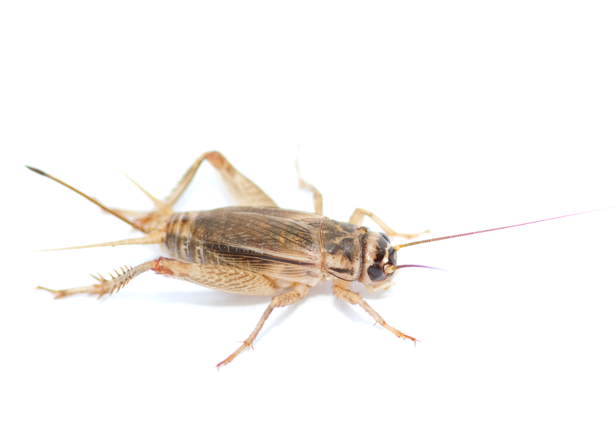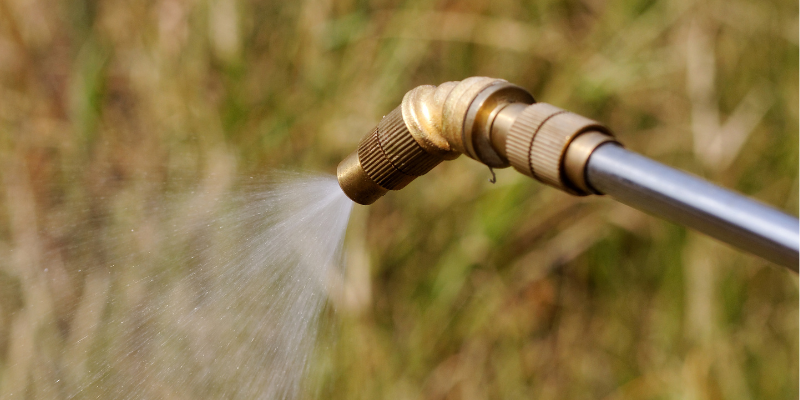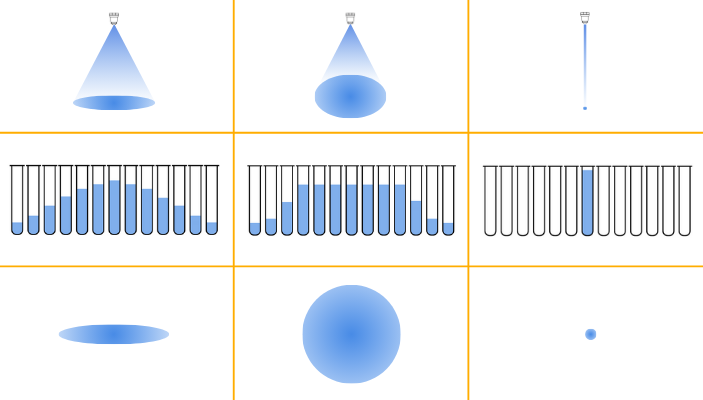Saw-toothed Grain Beetle
Saw-toothed Grain Beetle
Scientific Name: Oryzaephilus surinamensis
How to identify a saw-toothed grain beetle
Small, slender, flattened, brown beetles, 3 to 3.5 mm long. They are easily distinguished by the 6 saw-like "teeth" on each side of the thorax.
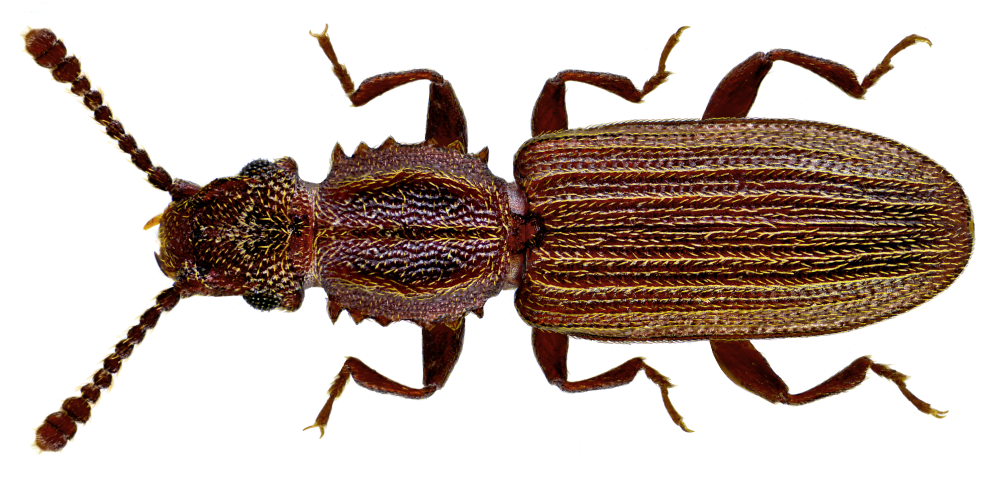
Where are saw-toothed grain beetles commonly found?
They can do considerable damage to grains and finished products e.g. muesli and chocolate bars. Their flat form allows them to penetrate into very narrow cracks, crevices and imperfectly sealed packages. They are almost omnivorous and attack such foods as cereals, bread, macaroni, dried fruits, nuts, dried meats, sugar and many other products. They are very common pantry pests.
Why are saw-toothed grain beetles considered a pest?
Stored product pests are responsible for enormous losses in may ways:
-
Losses due to direct consumption
-
Spoilage and loss of commodity quality
-
Contamination
-
Encouragement of mould growth in affected material
-
Economic losses
What is the biology and lifecycle of saw-toothed grain beetles?
The female lays from 50 to 300 white, shiny eggs over a period of 2 to 5 months. They are deposited loosely in crevices in the foodstuff. The larvae moult 2 to 4 times. When mature, they are yellowish white and less than 3 mm long. The fully fed larva attaches itself by its anal end to some solid object to pupate. The complete life cycle (egg to egg) may range from 27 to 375 days. The adult life may vary from a few days to more than 3 years.
Chemicals Required to Control Saw-toothed Grain Beetle
A range of traps using pheromones and other attractants are available
-
These pheromone traps are designed as monitoring devices to determine whether a species is present, where the hotspots are and whether the numbers are high enough to justify an insecticide treatment
-
Traps are designed for monitoring in commercial environments
-
Traps can be effective as control measures in domestic situations (smaller areas)
Disrupters are a relatively new technology that can be used as part of an IPM program
-
The pheromone disrupts mating, breaking the breeding cycle
-
Disrupters can significantly reduce the need for spraying in commercial accounts
Management Tips for Saw-toothed Grain Beetle
Residential treatments - Thorough inspection to find the source of the infestation
-
Check all food cupboards
-
Check open and unopened packets and containers
-
Dispose of any infested materials
-
If source cannot be identified check roof void / sub-floor
-
Carry out spot treatment to storage area surfaces if required
-
Use of pheromone traps to prevent future problems / monitor activity can be considered
Commercial treatments - Thorough inspection to find the source of the infestation
-
Infested stock will need to be disposed of or treated using grain protectants or fumigation options
-
Space sprays (often pyrethrum based) and surface sprays can be considered to target adults after (larvae) infestation has been controlled
-
Use of pheromone traps to prevent future problems / monitor activity can be considered



